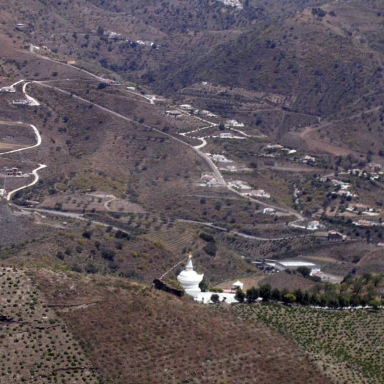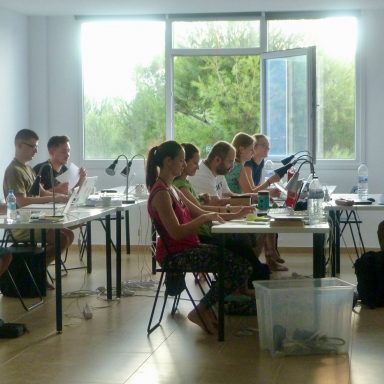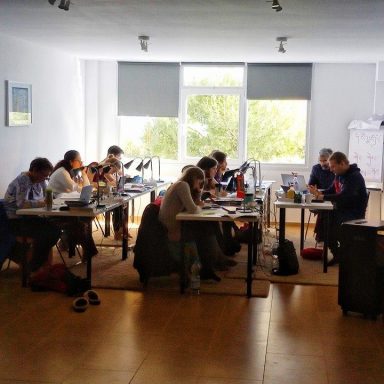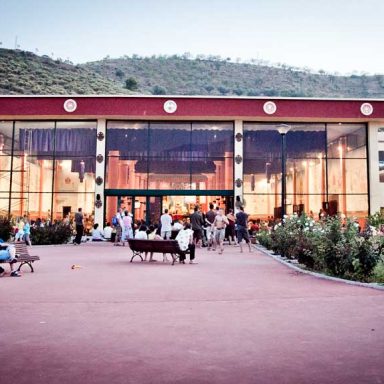
Founded in 2003, the ITAS Institute combines elements of the Anglo-American system with the philological thoroughness characteristic of mainland European universities. The curriculum is thus orientated towards the European student and incorporates the training of translators as well as providing support for doctorate training and scientists.
ITAS is based in a beautiful valley near the city of Málaga. This lovely place gives you the necessary peaceful atmosphere for study. You can also find plenty of beaches and the city is accessible. As well as a library, modern IT facilities and accommodation, ITAS offers every student their own place to work.
If the location is comfortable the mind can more easily focus on studying – this is what ITAS has to offer students. Tasty meals freshly prepared on-site are provided and can be eaten on various terraces where you can also learn and study. ITAS facilities comprise several classrooms which allows for different classes to run concurrently. The classrooms are equipped with work stations, a refreshment area with tea, coffee and snacks and a nice area for chilling and socialising. Knowledge and inspiration need somewhere special.














